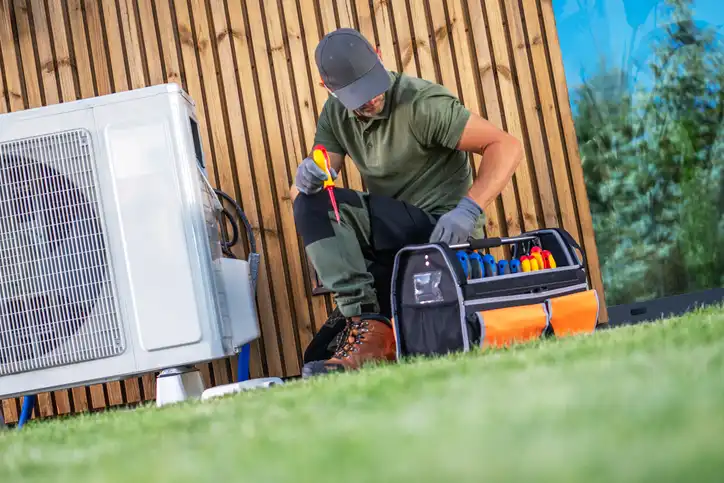Heat Pump Repair in Glencoe, OK
Get fast, effective heat pump repair in Glencoe, OK with Sitton Mechanical, LLC. We fix it right the first time—contact us today to book your appointment!
Keeping your heat pump running reliably is essential for year-round comfort in Glencoe, OK. Local weather swings from hot, humid summers to cold snaps in winter, so a malfunctioning heat pump can quickly affect comfort and energy bills. This page explains the most common heat pump problems found in Glencoe homes, how technicians diagnose and repair them, what parts are commonly replaced, emergency repair considerations, and practical cost and repair-vs-replace guidance tailored to the region.
Why timely heat pump repair matters in Glencoe, OK
Glencoe’s climate places a continuous demand on heat pumps. High summer humidity forces cooling cycles to run longer, increasing wear on compressors and coils. In winter, frequent freeze-thaw cycles and occasional subfreezing nights stress defrost systems. Delaying repairs can lead to larger failures, higher energy usage, and uncomfortable indoor conditions during heat waves or cold snaps.

Common heat pump issues in Glencoe, OK
Homeowners in Glencoe typically see these failures first:
- Reversing valve faults - The reversing valve switches the system between heating and cooling. When it sticks or leaks, the unit may run in the wrong mode or not heat/cool effectively.
- Compressor problems - Signs include loud noises, the system not cooling or heating, or short cycling. Compressor issues are among the most serious repairs.
- Defrost system failures - If the defrost cycle doesn’t run, outdoor coils ice up in winter, reducing heating performance and risking damage.
- Refrigerant leaks and low charge - Low refrigerant leads to poor performance, icing, and higher energy consumption.
- Thermostat and control board faults - Incorrect readings, unexplained cycling, or no system response.
- Electrical failures - Burned capacitors, contactors, breakers, or wiring issues that cause the unit to fail to start or to run intermittently.
- Airflow problems - Clogged filters, dirty coils, or blocked return vents that reduce system capacity and increase stress on components.
- Fan motor and blower issues - Noisy or non-functioning fans in either the indoor or outdoor unit reduce heat transfer and can overheat other components.
How a professional diagnostic works
A clear diagnostic sequence helps find the root cause quickly and avoid unnecessary repairs:
- Initial inspection: Visual check of outdoor unit, indoor air handler, filters, vents, and thermostat settings.
- Operational test: Run the system in both heating and cooling to observe behavior, noises, and cycling.
- Electrical testing: Measure voltages, check capacitors, contactors, relays, and safety switches.
- Refrigerant pressure check: Read pressures and temperatures to identify leaks or improper charge.
- Defrost and reversing valve tests: Cycle tests to confirm correct operation of the reversing valve and defrost control.
- Component evaluation: Inspect coils, fans, motors, and compressors for wear or damage.
- Report and recommendation: Technician outlines findings, repair options, parts needed, and an estimated timeline.
Typical replacement parts and repair timelines
Repair times vary by issue and parts availability. Common repairs include:
- Reversing valve replacement or service - Requires refrigerant recovery and recharge, often a multi-hour job when parts are on hand.
- Compressor replacement - More extensive; involves system evacuation, replacement, and recharge. This can take a full day or more depending on model and access.
- Defrost control or sensor replacement - Usually completed in a few hours.
- Capacitors, contactors, fan motors, and relays - Often replaced the same day once the correct part is available.
- Thermostat or control board replacement - Typically a few hours.
- Refrigerant leak repair and recharge - Time depends on locating and repairing the leak; recharging requires correct refrigerant type.
Because older units may use phased-out refrigerants (for example, R-22), a repair that requires large refrigerant volumes can be more complex. In such cases, parts sourcing and the need for conversion or full replacement can affect timelines.
Emergency repair options and temporary measures
When a heat pump fails during extreme heat or cold, emergency responses focus on restoring basic comfort while planning a permanent fix:
- After-hours diagnostic and repairs - Technicians can often perform emergency starts, replace simple components, or implement temporary fixes.
- Temporary electric heat or auxiliary systems - Switching to backup electric heat strips or portable heating/cooling can keep your home livable until full repair.
- Circuit and breaker checks - Some outages are due to tripped breakers or blown fuses that can be safely reset by a qualified technician.
- Short-term refrigerant top-off - In an emergency, a small refrigerant recharge may restore function temporarily while the leak is scheduled for permanent repair.
Emergency responses are intended to reduce immediate discomfort and prevent secondary damage while preserving system integrity for long-term repair.
Repair vs replace: key considerations for Glencoe homeowners
Deciding whether to repair or replace depends on several factors:
- Age of the unit: Heat pumps older than 10-15 years may approach the end of useful life. Repeated repairs often justify replacement.
- Frequency and cost of repairs: If major components like the compressor or reversing valve fail repeatedly, replacement may be more economical over time.
- Energy efficiency: Newer systems are noticeably more efficient, which can lower monthly bills in Glencoe’s hot summers and cold spells.
- Refrigerant type: Older units using phased-out refrigerants can be expensive to service; replacement may be the better long-term option.
- Comfort and reliability needs: If your household depends on steady heating or cooling (for health or work), a reliable newer system may be the best choice.
Preventive maintenance and local tips for longer system life
Regular maintenance reduces the chance of unexpected breakdowns and improves efficiency:
- Schedule seasonal tune-ups in spring and fall to prepare for peak cooling and heating seasons.
- Replace or clean filters monthly during heavy use periods to maintain airflow.
- Keep outdoor units clear of debris, grass, and mulch; ensure at least two feet of clearance around the unit.
- During heavy storms or flooding, check the outdoor unit for water or debris and have a technician inspect electrical components before restarting.
- Monitor for unusual sounds, increased energy bills, or uneven temperatures, and address issues early.
Benefits of timely repair
Prompt, professional heat pump repair restores comfort, improves efficiency, and prevents cascading failures that lead to more expensive repairs or premature replacement. In Glencoe, staying proactive means your system will better handle summer humidity and winter cold, keeping your home comfortable year-round.
This information is intended to help Glencoe homeowners understand what to expect from heat pump repair: typical problems, how they are diagnosed, repair timelines and parts, emergency options, and practical maintenance advice to reduce downtime and extend equipment life.
Fast, Dependable Heat Pump Repair in Glencoe, OK
If your system isn’t working as it should, trust Sitton Mechanical, LLC for efficient heat pump repair in Glencoe, OK. Our skilled technicians resolve problems quickly with honest service and proven solutions. Avoid extended discomfort—Contact us now or Schedule your repair today.










